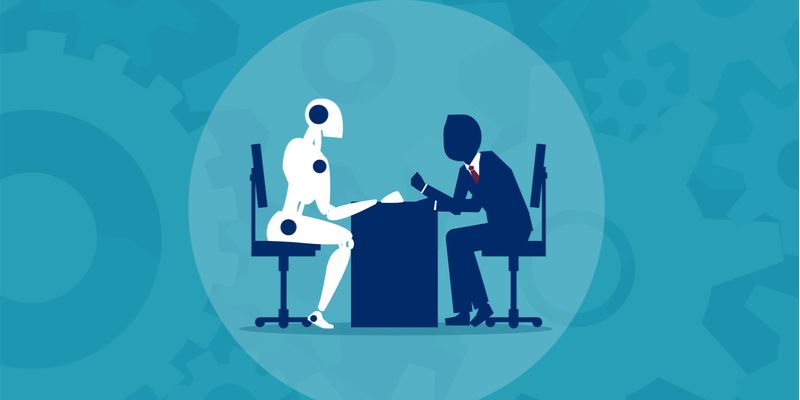
Artificial Intelligence (AI) has become an integral part of our everyday lives, from voice-activated personal assistants to advanced algorithms powering search engines and social media platforms. As AI continues to advance, many are intrigued by the parallels it shares with the human brain.
Understanding this connection is essential in comprehending the potential and limitations of AI.
The complexity of the human brain
The human brain is really complex. It’s made up of billions of nerve cells connected to each other. This allows our brain to process information super fast, helping us learn, adjust, and decide based on what we’ve experienced.
What’s cool is that our brain is awesome at recognising patterns. This helps us understand things around us and make sense of different information. Also, our brain is like a language expert, letting us understand and express complicated thoughts.
Another fascinating feature of our brain is emotional intelligence. This means our brain can understand and handle emotions, not just our own but also other people’s. This adds depth to how we connect with others.
The brain can change and adapt, too. It can create new connections between nerve cells, helping us learn new stuff, remember things, and grow over time.
In a nutshell, our brain is not just a bunch of cells; it’s a super-smart and adaptable organ that lets us do amazing things and experience life in a unique way.
AI’s resemblance to the human brain
Artificial Intelligence (AI) is like creating smart computer systems that try to copy how our brains work. It uses special sets of rules and learning methods to get better at tasks, just like we do by learning from our experiences. One part of AI, called machine learning, lets these systems become more skilled at what they do as they gain more experience.
This is a bit like how our brains learn and get better at things over time.
Think of it as teaching a computer to learn on its own. The goal is to make AI systems not just follow instructions but also figure things out and get smarter over the long run.
This idea of machine learning and improving is quite similar to how our brains learn and adapt as we go through life. It’s a fascinating way we’re trying to make computers work more like us!
The limitations of AI
While AI systems are becoming more sophisticated, they still lack certain fundamental aspects that make human cognition unique.
No true consciousness
AI operates based on instructions and data but lacks genuine awareness or consciousness. It doesn’t truly “understand” the information it processes.
Lacks self-awareness
Unlike humans who have a sense of self, AI lacks self-awareness. It doesn’t have a consciousness that recognises its own existence.
Limited emotional understanding
AI lacks the ability to feel or deeply comprehend emotions. While it can process and analyse data, it doesn’t have a genuine understanding of human feelings.
Less complex than the Human Brain
Despite its advancements, AI is not as intricate or adaptable as the human brain. The complexity of the human brain allows for learning, adaptation, and understanding in ways that AI currently cannot replicate.
The future intersection
As AI and neuroscience research progresses, we anticipate a closer link between artificial intelligence and the human brain. This could yield breakthroughs in medical tech, deepen our understanding of cognition, and elevate AI to new heights of sophistication.
Expect advancements in diagnostics, personalised medicine, and the potential for AI to surpass current capabilities.










